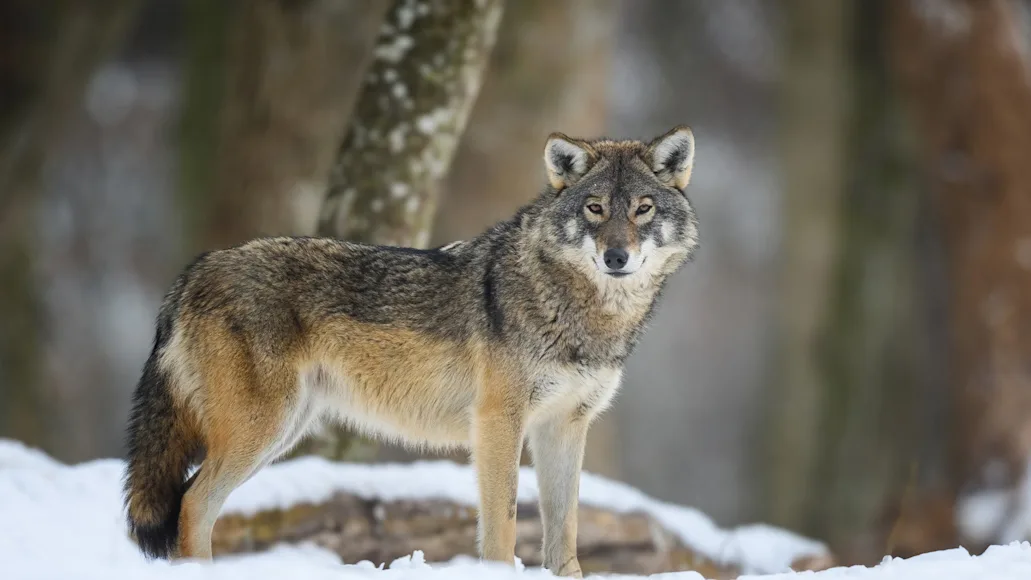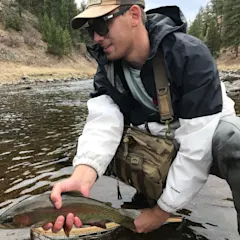Colorado’s controversial wolf reintroduction effort, spurred by a narrowly passed voter resolution
, has reached a new phase: several transplanted wolves have begun reproducing in the state.
According to a Colorado Parks & Wildlife (CPW) press release, state biologists used two wolves’ GPS-collar locations to confirm a den site in Grand County. On June 18, biologists confirmed the presence of at least one pup during routine field monitoring. CPW suspects there are more pups in the den, given that gray wolves typically produce litters of four to six pups.
Because the wolf pair has successfully reproduced, the wolves are now considered a “pack”—the first one resulting from the 10 Oregon wolves transplanted to Colorado in December 2023.
The pack has been named the “Copper Creek Pack.” There are currently no photos or videos of the new pack available.
“We are continuing to actively monitor this area while exercising extreme caution to avoid inadvertently disturbing the adult wolves, this pup, or other pups,” explained CPW Wildlife Biologist Brenna Cassidy.
The news of the wolf pack comes as Colorado’s wolf reintroduction effort has come under recent scrutiny. Earlier this spring, Field & Stream reported on livestock depredation
caused by one of the transplanted wolves, which did not come as a big surprise considering half of the wolves already had histories of livestock depredations. The incident and other similar ones helped prompt the greenlighting of lethal management under certain conditions.
**Read Next: Idaho Officials Won’t Charge Hunter Who Killed Grizzly—Because They Told Him It Was a Black Bear
**
However, as indicated by the successful recent litter, Colorado gray wolves are here to stay. Under the 2020 voter resolution, CPW is required to release 30 to 50 individuals over the next 3 to 5 years.






